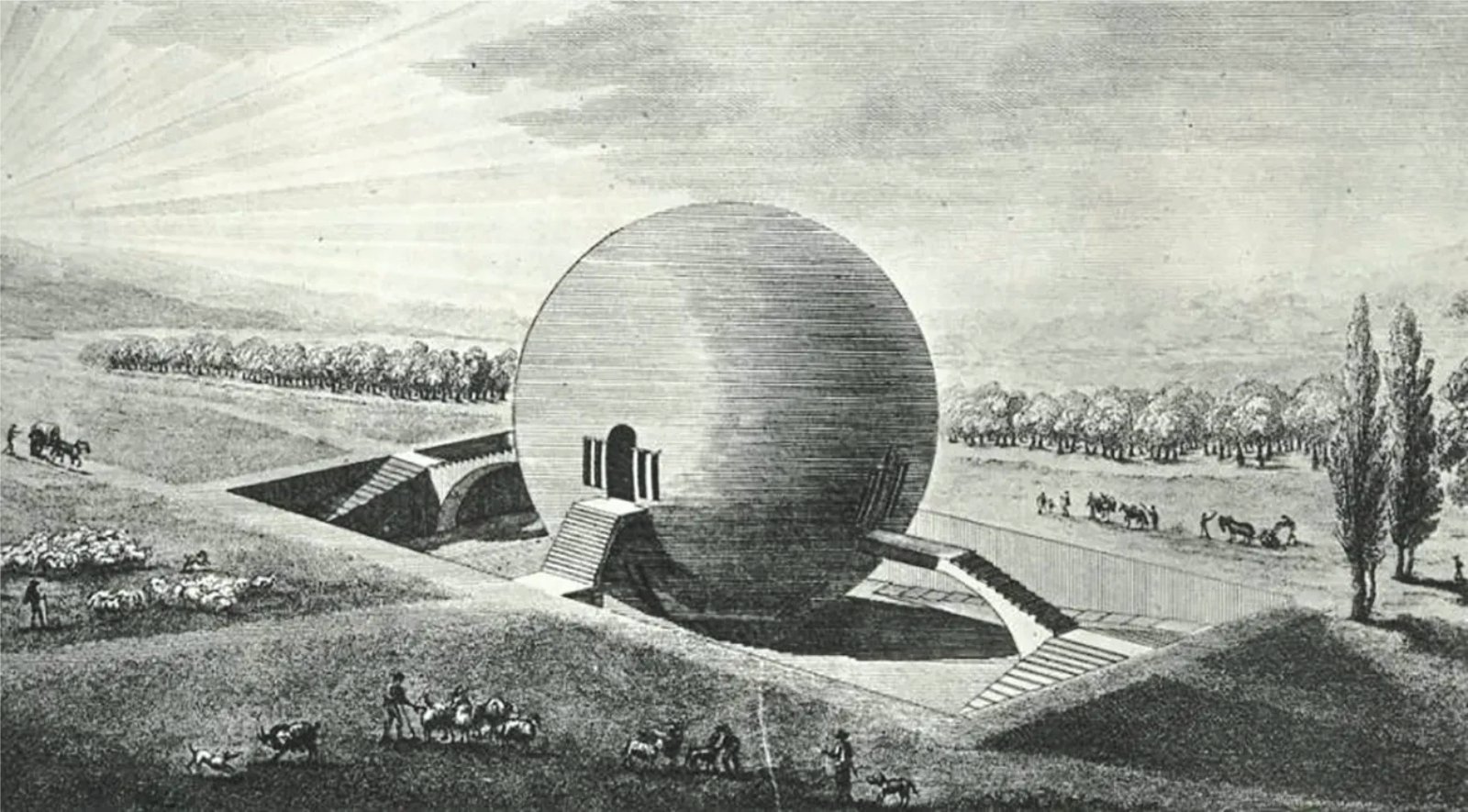He is one of the pioneers of Neo-Classical architecture: Who is Etienne Louis Boullee?
Although he had an attitude toward the revolution, his thoughts on architecture were compatible with the revolutionaries. He is one of the first French architects to be interested in urban and regional planning.

(1728-1799) French, architect. He is one of the pioneers of Neo-Classical architecture. He was born in February 1728 in Paris. There is not much information about his childhood and upbringing. In 1762, he was elected a member of the French Academy of Architecture. Although all members of the Academy were arrested during the French Revolution, he remained untouched. Although he had an attitude toward the revolution, his thoughts on architecture were compatible with the revolutionaries. Maintaining good relations with new managers, he took part in many post-revolution architectural juries. Jury membership in a sculpture competition for the Pont-Neuf (Bridge of Neuf) in Paris in 1794 is one of them. In the last years of his life, he worked especially on architectural theory. He greatly influenced the architects of the Napoleonic era with his views. He died in Paris in 1799.
Étienne-Louis Boullée (12 February 1728 – 4 February 1799) was a visionary French neoclassical architect whose work greatly influenced contemporary architects.
Boullee was one of the most debated architects of his time. Some critics considered him a smug "megalomanic", while others praised him as the most "authentic" architect. The reason for these discussions is that Boullee has always seen architectural activity in relation to social problems and conditions. He is one of the first French architects to be interested in urban and regional planning. Its effects in the theoretical field should be considered together with the projects that it has not been able to realize. As an architectural theorist, he has trained many students. Of them, very few of their large-scale and fundamentalist designs, according to the architectural understanding of the period, have been realized. Among the few designs that can be implemented are the Hotel Brunoy in Paris and the St. The Calvary Chapel in Roch Church is important.
Boullee's manuscripts and projects were placed in the National Library of France by his student Joseph Bernard right after his death, so that they can be preserved intact. Boullee designed many projects in line with the spirit of the French Revolution. Among these, the designs for the reorganization of the National Palace, the People's Palace, the National Library, and the Palace of Versailles were published later and gained much fame. Boullee had an extreme admiration for scientists. He was very saddened by Newton's death and designed a mausoleum for him in 1784. In this unfulfilled project, Newton's coffin was placed inside a half-buried sphere with a diameter of 150 m. Newton's mausoleum is a good example of Boullee's simple yet majestic style.
-----------------------------------------
https://aasarchitecture.com/2020/02/04-2-happened-today-etienne-louis-boullee-anniversary-of-his-deat/
